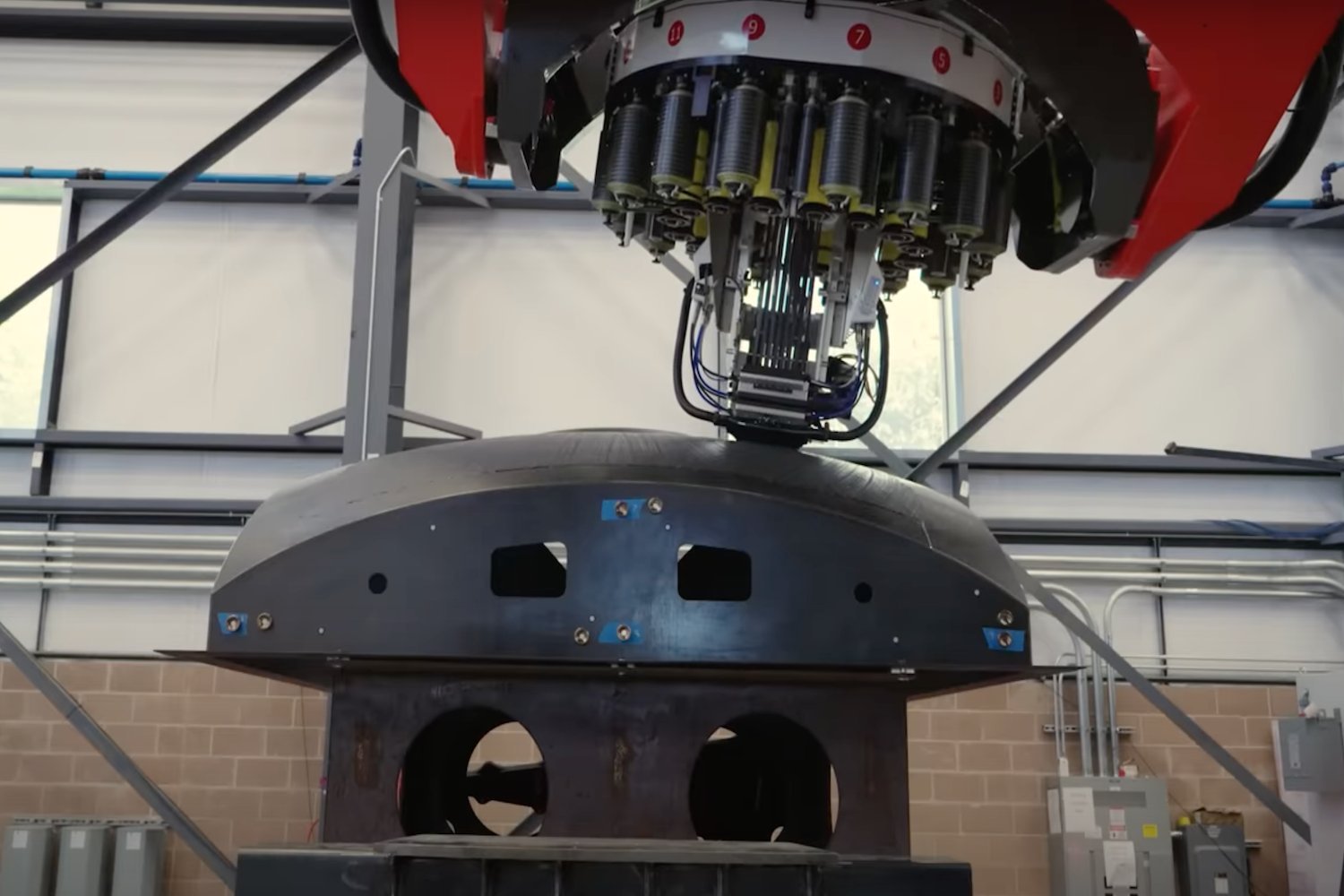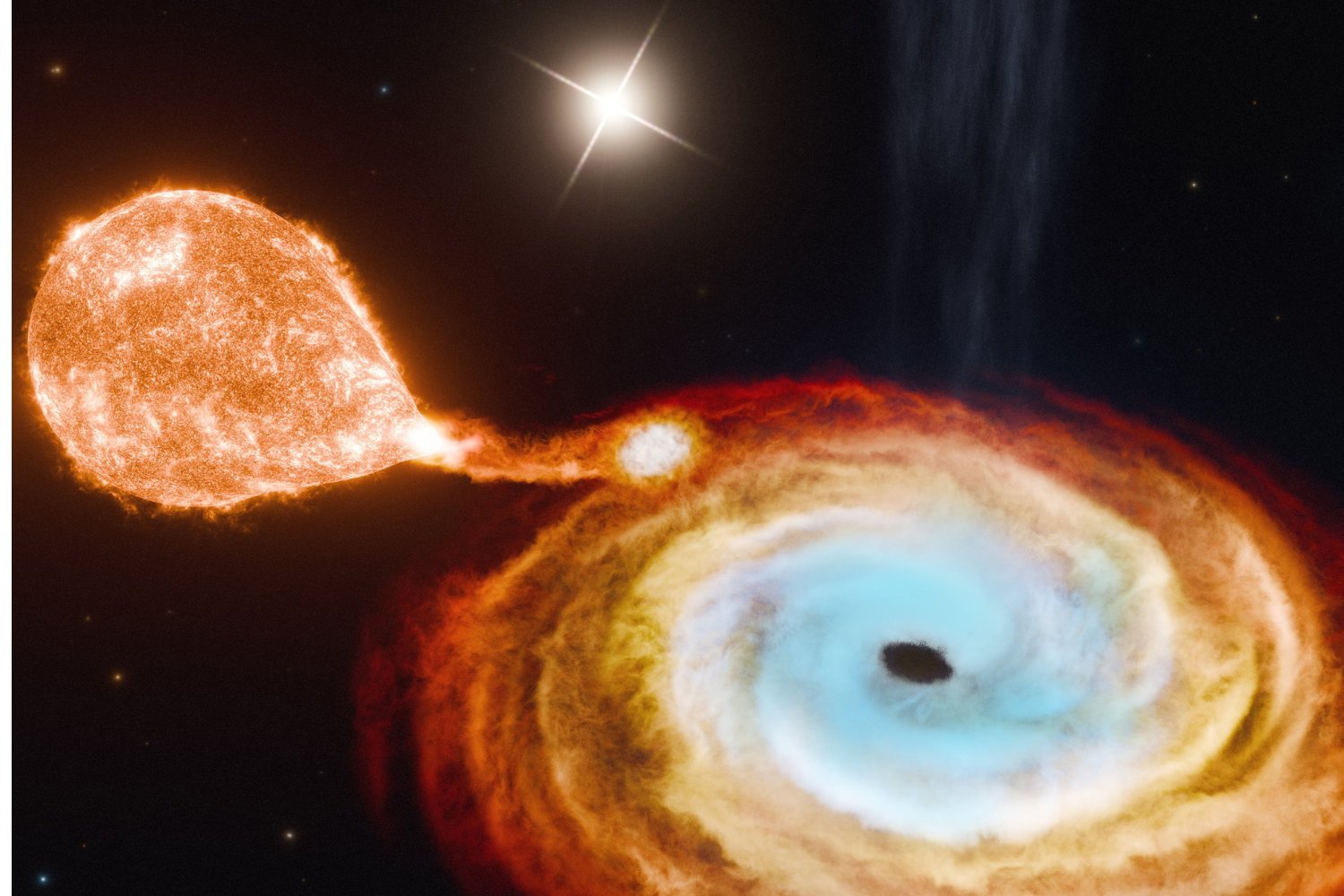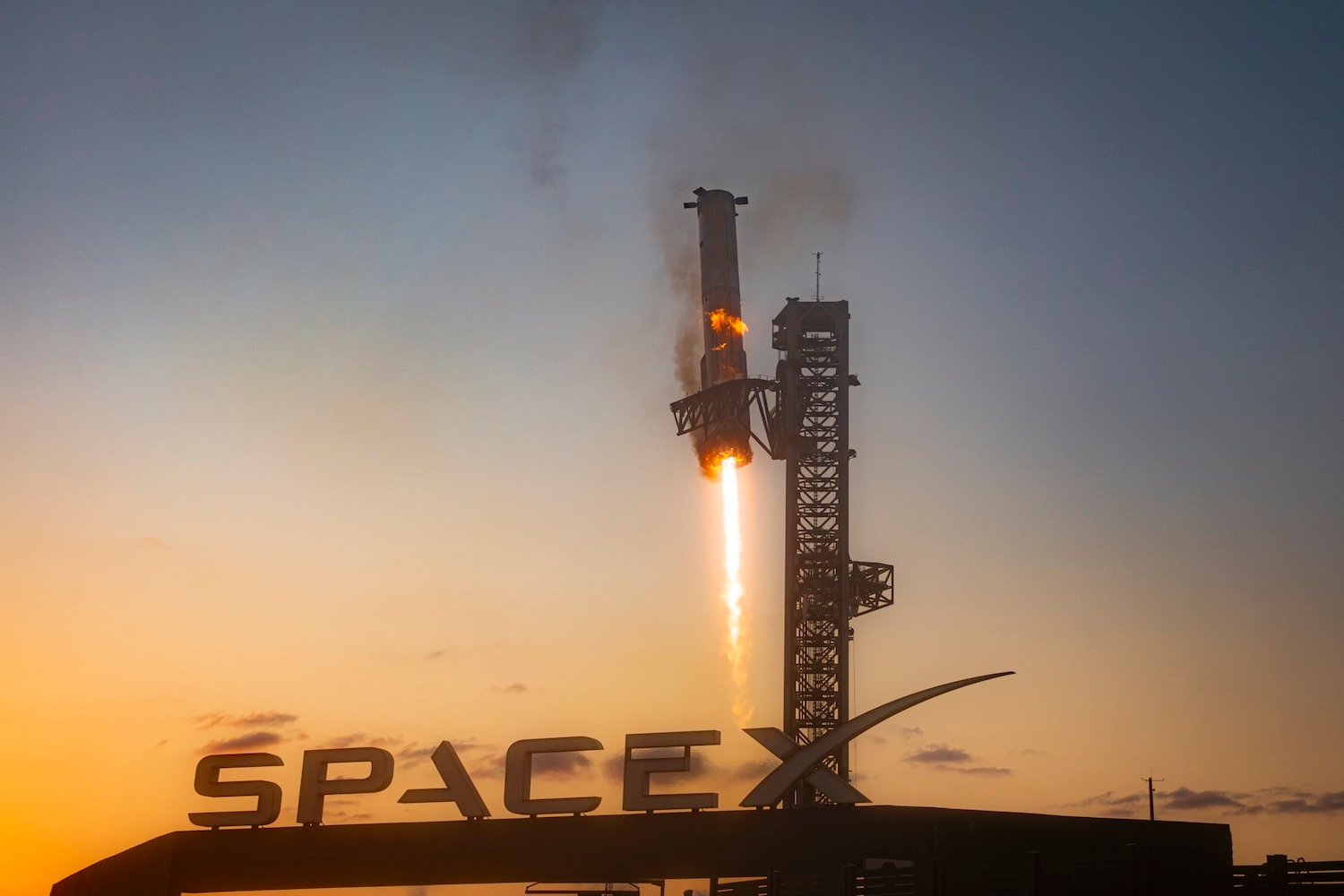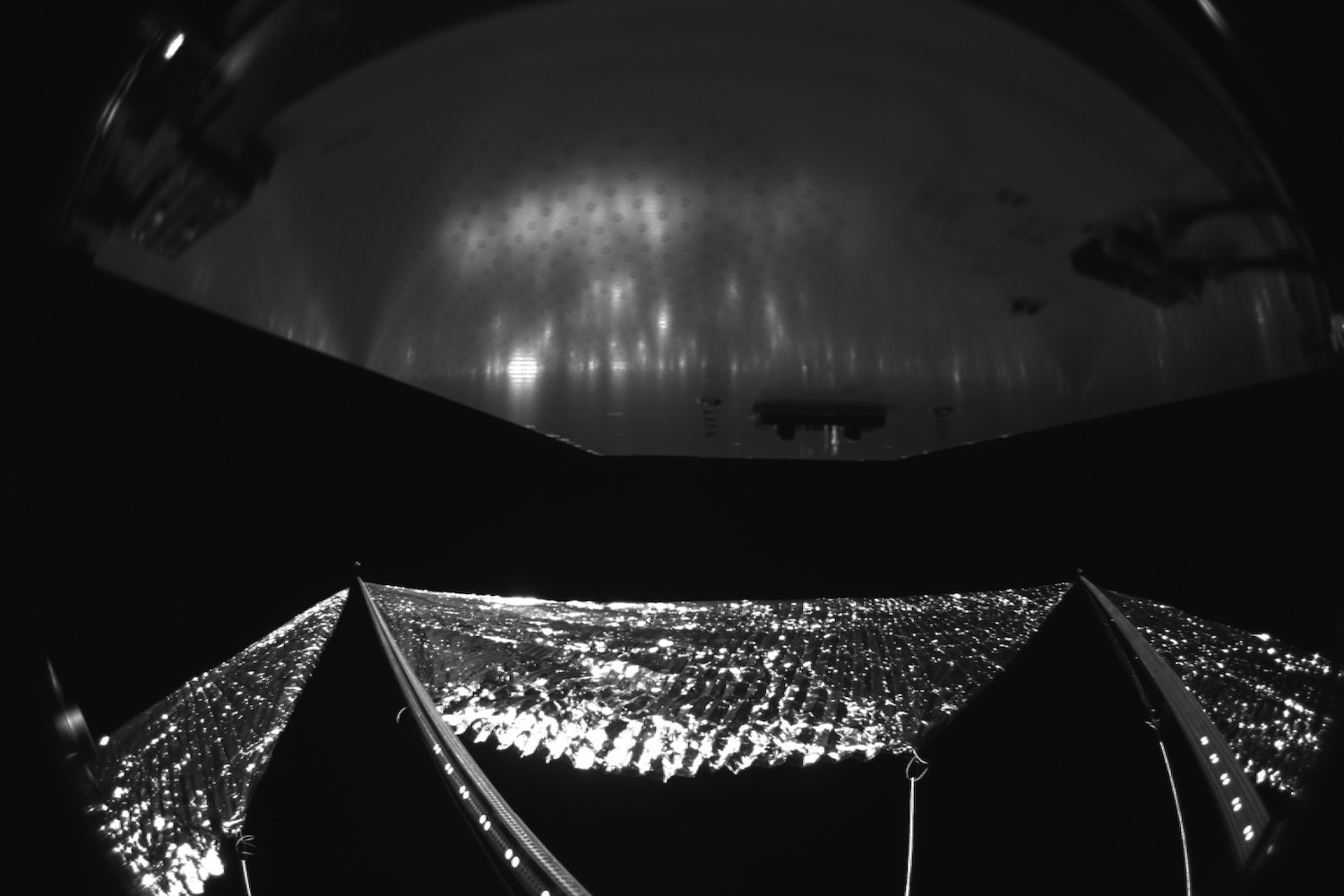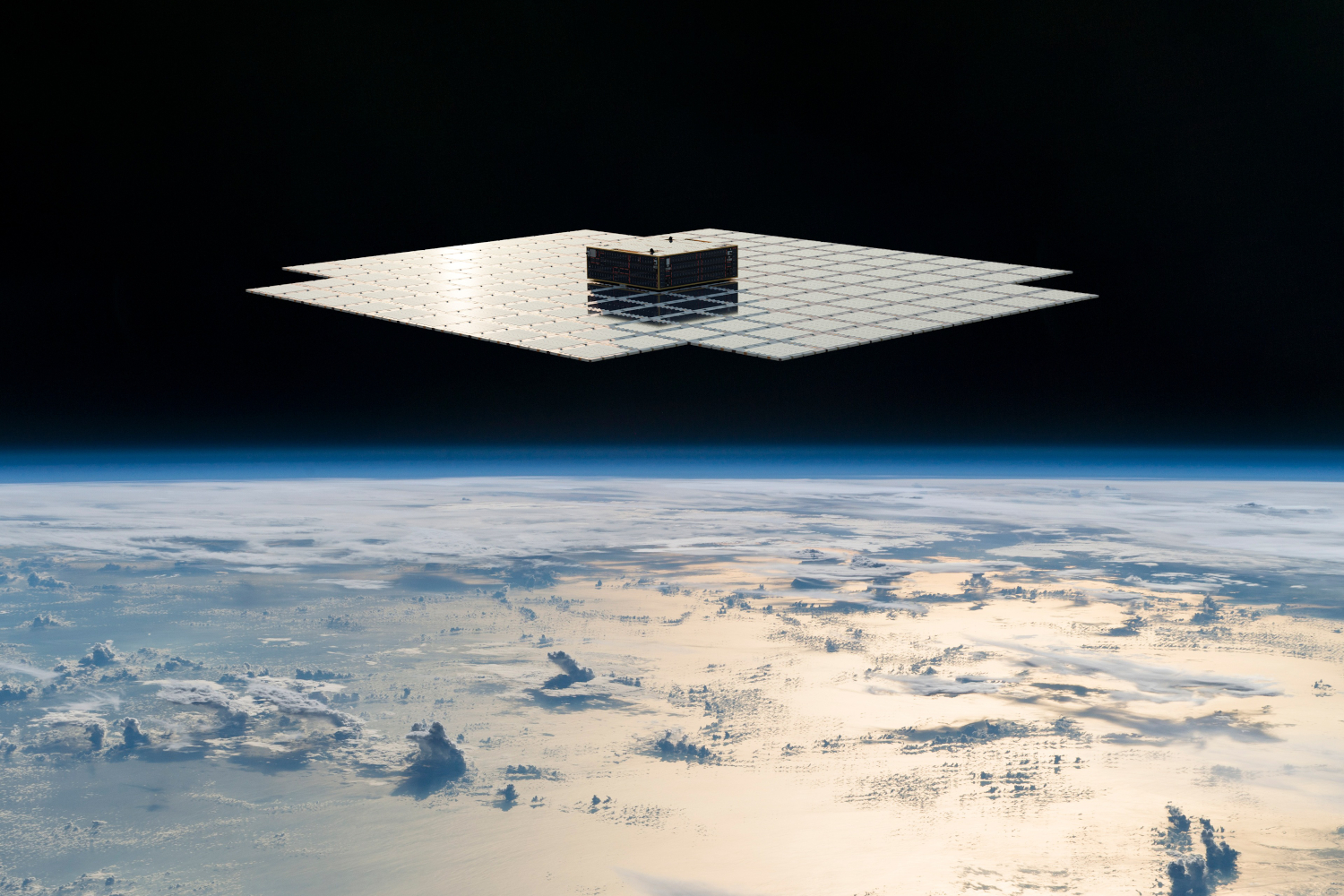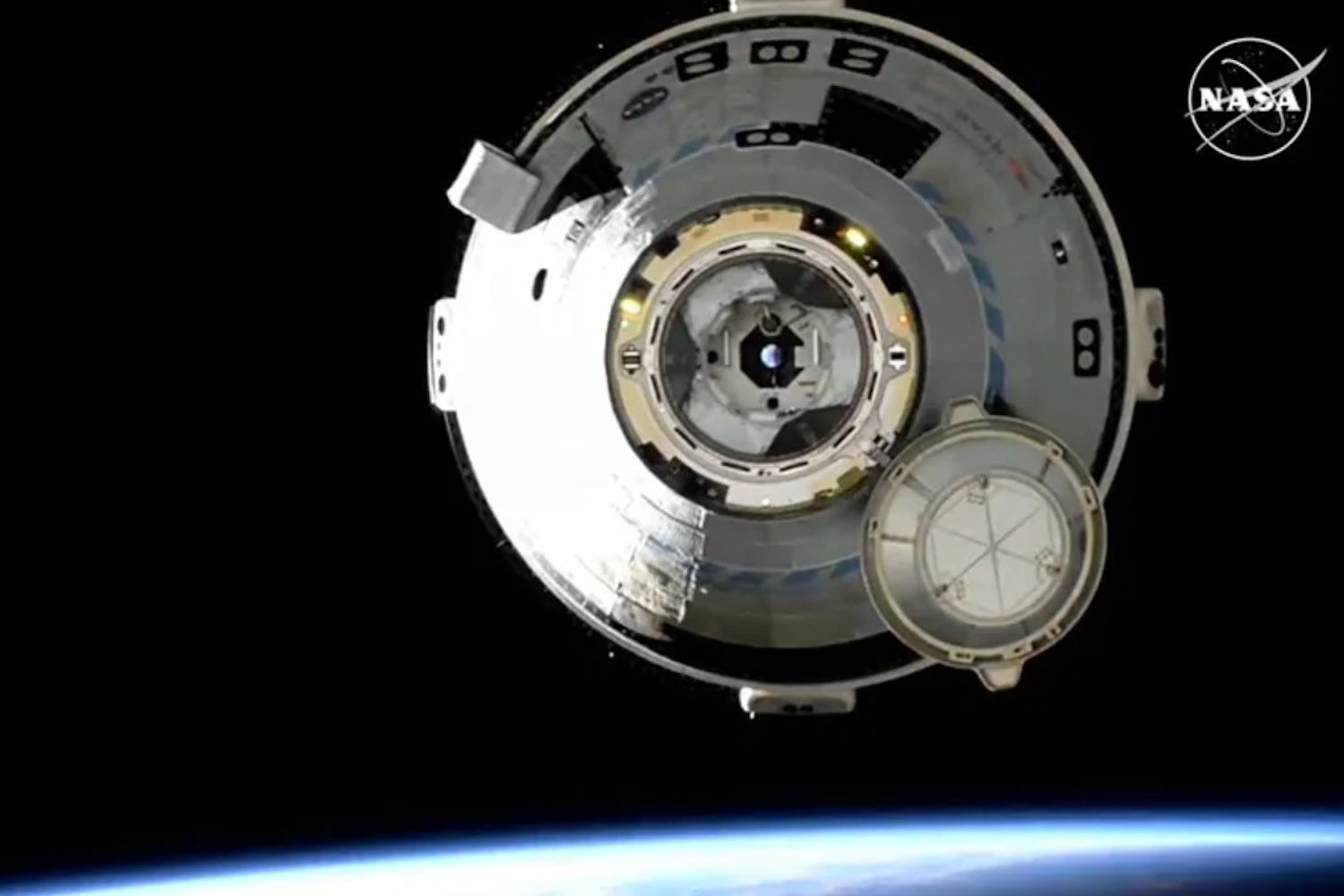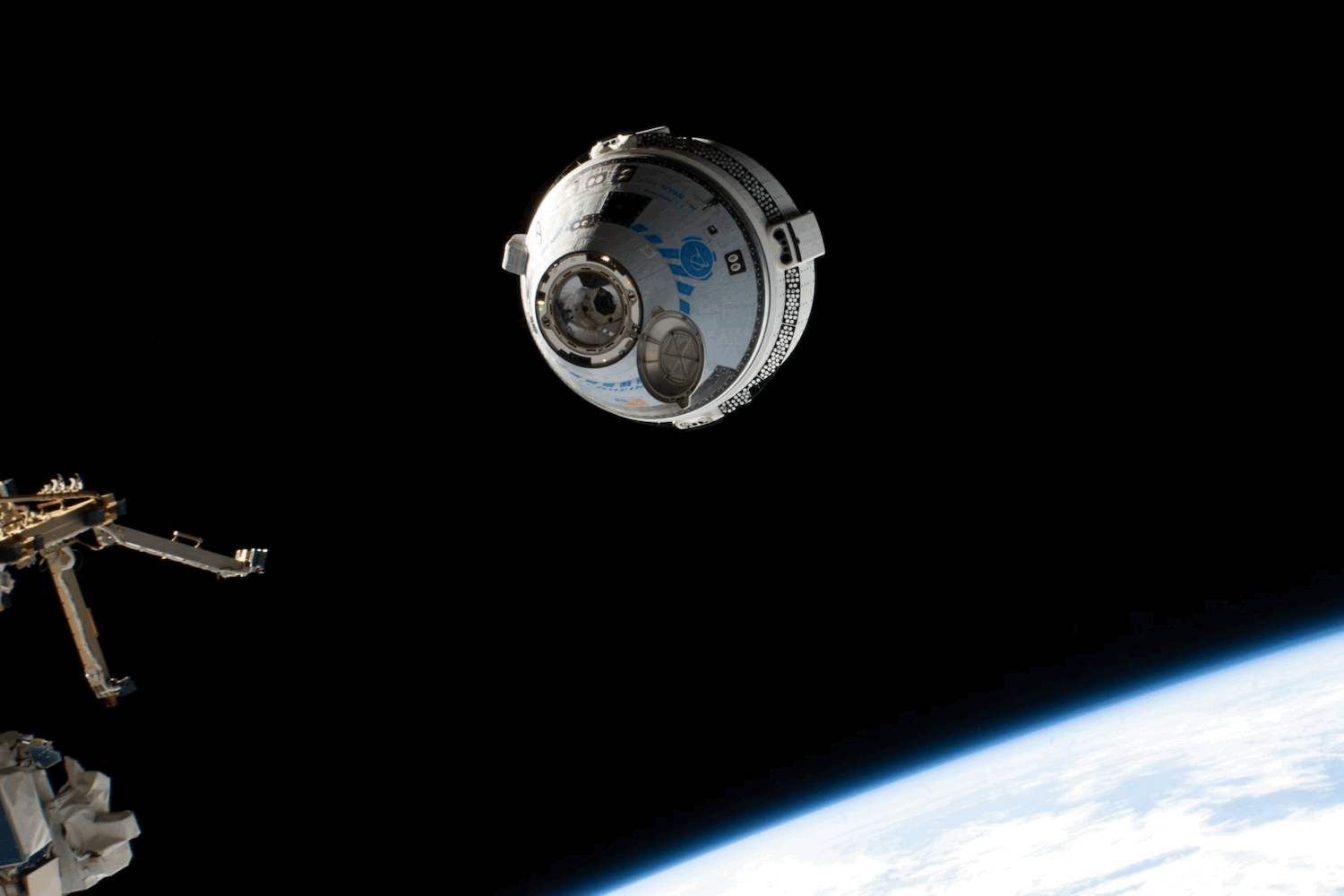Rocket Lab is leveraging cutting-edge technology to streamline rocket production with a colossal 3D printing robot at its Maryland manufacturing complex. This innovative machine is dramatically reducing production time, promising to save thousands of hours compared to traditional methods.
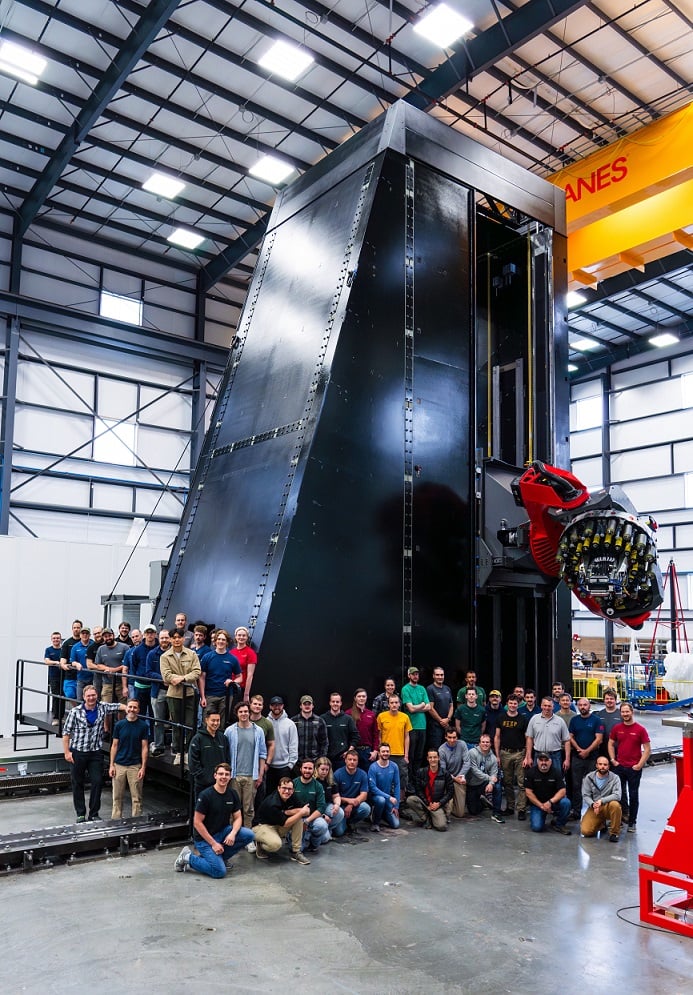 Rocket Labs Rocket Building Robot.jpg SmlThe world’s largest automated fiber placement machine stands tall in Rocket Lab’s facility. Credit: Rocket Lab
Rocket Labs Rocket Building Robot.jpg SmlThe world’s largest automated fiber placement machine stands tall in Rocket Lab’s facility. Credit: Rocket Lab
This custom-built automated fiber placement (AFP) machine is the largest of its kind globally, weighing an impressive 99 tons and standing 39 feet (12 meters) tall. Its primary task is constructing major components of Rocket Lab’s upcoming Neutron rocket, a medium-lift launch vehicle slated for its inaugural flight in 2025. These components include the domes and barrels for the upper stage, as well as panels for the 91-foot (28-meter) interstage and fairing.
Automating the Future of Rocket Construction
“As we build the world’s largest carbon composite rocket, it makes sense that we require a world-first carbon composite fiber placement machine,” stated Rocket Lab founder and CEO Peter Beck. The Neutron rocket, designed to carry payloads of up to 28,700 pounds (13,000 kilograms) to low Earth orbit, features a reusable first stage capable of re-entering the atmosphere and landing back on its launchpad.
This reusability is facilitated by the rocket’s carbon composite construction, a material formed by combining multiple materials. The 3D printer expedites the process of layering carbon onto a mold, boasting a reach of 98 feet (30 meters) and a carbon fiber deposition rate of 328 feet (100 meters) per minute.
Efficiency and Precision Combined
Currently operating at Rocket Lab’s Space Structures Complex in Middle River, Maryland, the AFP machine is constructing the Neutron’s 22.9-foot-wide (7-meter) first stage and 16.4-foot-wide (5-meter) second stage tank. Rocket Lab projects a time saving of over 15,000 manufacturing hours thanks to this robotic marvel. Tasks that previously required weeks of manual labor can now be completed in a single day.
No Image CaptionClose-up view of the AFP machine layering carbon fiber. Credit: Rocket Lab
Furthermore, the AFP machine incorporates a real-time inspection system. This system detects any manufacturing defects during the layering process and alerts the operator before proceeding to the next layer, ensuring consistent quality control. As Beck noted, “It’s an innovative machine producing a next-generation rocket from one of the birthplaces of the aerospace industry in Baltimore.”
Beyond Neutron: Expanding Applications
The AFP machine’s capabilities extend beyond the Neutron rocket. Rocket Lab plans to utilize it for the production of Electron rocket first stages and other spacecraft components, including structural panels, solar panel substrates, and carbon composite tanks.
3D Printing: A New Era in Space Exploration
The increasing adoption of 3D printing within the space industry aims to reduce the cost of accessing orbit and enhance the reusability of launch vehicles. This aligns with the broader trend of companies like Relativity Space, with its 3D-printed Terran-1 rocket, and Rocket Lab itself, with its 3D-printed Rutherford engine used in the Electron launch vehicle, pushing the boundaries of space technology. Rocket Lab’s commitment to reusable rocket technology positions them as a strong competitor in the evolving landscape of space exploration.
ElectronRocketLaunchRocket Lab’s Electron rocket during launch. Credit: Rocket Lab
Rocket Lab’s investment in this groundbreaking technology underscores its dedication to innovation and efficiency in rocket manufacturing. This giant robot is not just building rockets, it’s building the future of space access.



